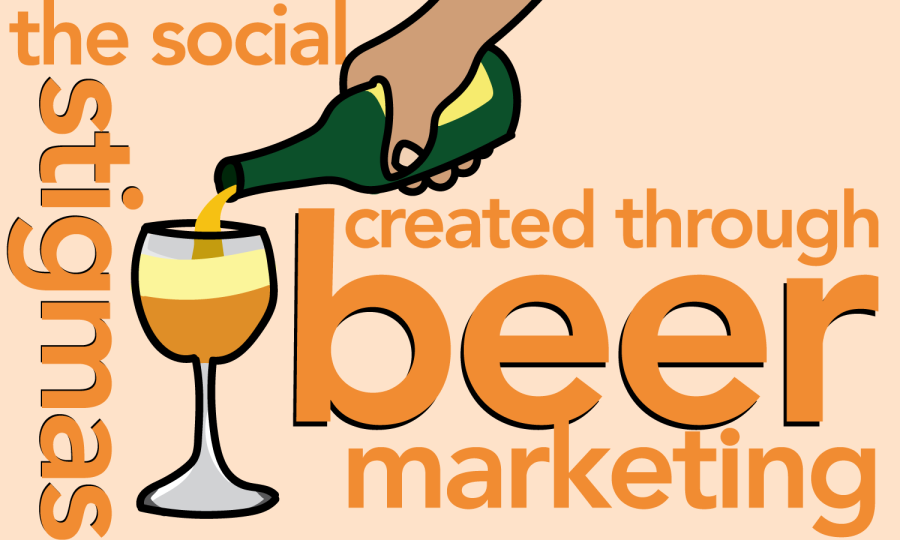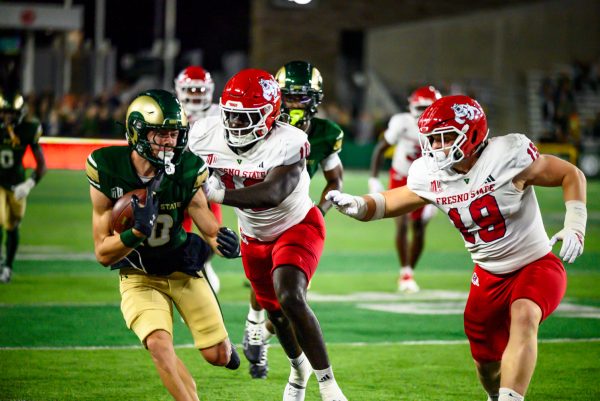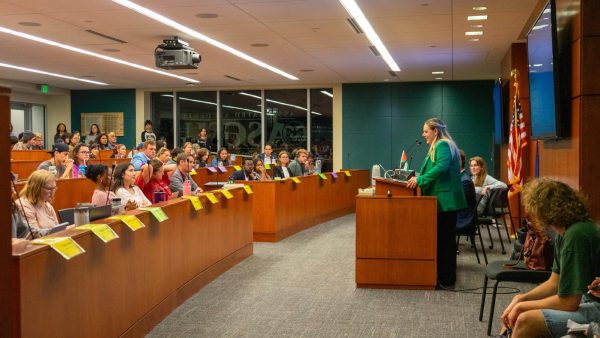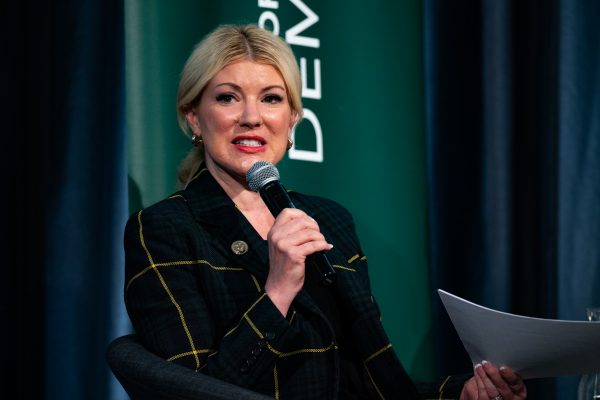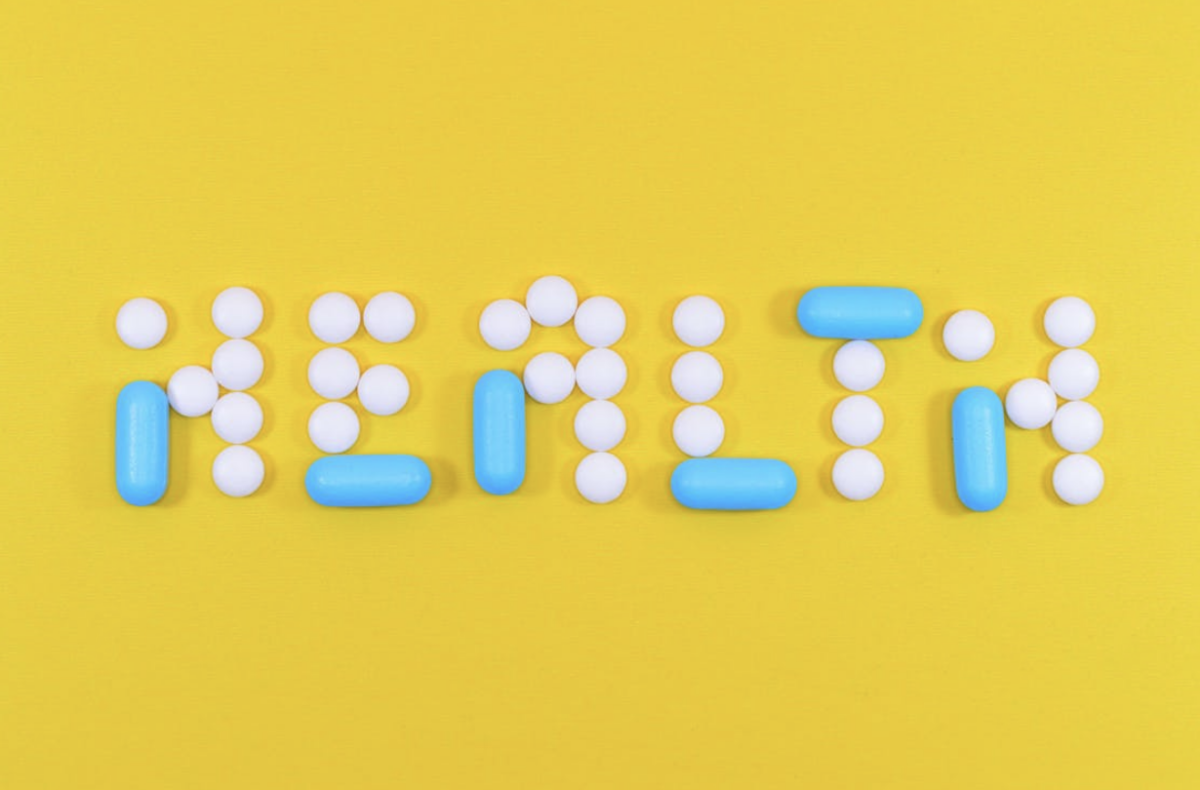Beer Edition: Beer isn’t just for men, so why do advertisers market it that way?
April 11, 2022
Editor’s Note: All opinion section content reflects the views of the individual author only and does not represent a stance taken by The Collegian or its editorial board.
Created over 5,000 years ago through the process of fermentation, beer has been perceived as a man’s beverage. However, fermented beverages, which for so long have been marketed toward men, were actually created by women 9,000 years ago.
Women during the early ages were always seen as belonging in the kitchen, meaning women were actually the first to brew beer, not men. Why is this the case, though? Why has beer been perceived as masculine rather than something to be consumed by anyone, no matter their gender?
Well, that begins with not only the advertising associated with beer but also the beer labels that have been created throughout the years. For the first time in 2019, the Campaign for Real Ale in the United Kingdom banned beers from being available at the Great British Beer Festival if they had sexist names or sexist pictures on the labels.
Beer labeling is just the beginning, however, because no matter the name or photo tied to the bottle’s label, there’s still a large amount of advertising that targets specifically men.
For years, Heineken, which sells the beer in the green bottle with the red star on it, followed the trend of beer commercials including women in advertising as eye candy for men. They continuously sexualize women, suggesting that men who drink this beer are more likely to attract women. The company seems to assume that its main consumer is cisgender men without considering if their sexist representation of women has something to do with its lack of women consumers.
Heineken isn’t the only company to ever do this, though. Most other beer companies, like Budweiser, choose to do it in subtle ways.
“More women need to be represented and given a shot at being part of a brewing company. More advertising changes have to be made by large, commercialized companies that continue to present beer as a man’s drink. More than anything, that female representation needs to be of someone who is traditionally feminine, not just a ‘guy’s girl.'”
In many of Budwesier’s sports commercials, they choose to advertise animals as the main focus. However, they still use men as the main human character as well as assume that all those who work in a barn are men.
This advertising hasn’t changed, no matter how often an animal or celebrity may be tied to the advertisement. The truth is, more often than not, they still have a male focus as their main character, furthering the perception that beer is in fact a man’s beverage.
In the last couple of years, Heineken has tried to change the script by advertising a woman drinking a beer. However, it still has a long-standing history of male-specific advertising that follows it around.
There may be some change being made in modern-day advertising as gender stereotypes are attempting to pop the bubble that once kept them trapped. However, another large role in the representation process lies in brewery representation.
As of 2014, nearly 20% of breweries nationwide were co-founded by women, and that number is continuing to grow as the years go on. There is still a large gap that has been created in the representation of where these women belong in the eyes of brewing companies.
In 2018, a study found 31% of craft beer drinkers were women. The idea of representation plays a large role in how these companies are run and how they uphold gender stereotypes.
Women only make up a slim percentage of brewing companies, and without more representation worldwide, there may never be a change in how beer consumption is stereotyped.
In the Fort Collins area, we fortunately have several women brewers, which is a step toward breaking this stereotype and representation in the beer industry, but there is still more to be done.
More women need to be represented and given a shot at being part of a brewing company. More advertising changes have to be made by large, commercialized companies that continue to present beer as a man’s drink. More than anything, that female representation needs to be of someone who is traditionally feminine, not just a “guy’s girl.”
Change needs to be made, and that can’t start until the advertising and messages being shown on television in commercials change as well. Alcohol knows no stereotypes, and that is important to recognize when it comes to advertising.
Reach Dominique Lopez at letters@collegian.com or on Twitter @caffeinateddee6.



